| HOME | | | FLORENCE | | | ROME | | | CRETE | | | EDUCATIONAL |
Middle Minoan / Protopalatial period (2000-1700c.)
|
Middle Minoan is characterized by the birth of the Minoan palaces, which represent the evolution of a society ready by then to develop an urban system. We know with certainty three palaces (Knossos, Phaistos and Mallia) whose general structure and part of the building may be singled out; however, above them new palaces were rebuilt such that a detailed reconstruction of their planimetry is difficult. They certainly had a large central rectangular courtyard, but the organization of the rooms around it remains uncertain, although the presence of residence rooms, ritual rooms and storehouses is undoubted. The three palaces are inserted in the contemporaneous urban context and we witness the beginning of a new political, social, economic and religious organization. Other important centers, also likewise equipped with palaces and spread in the whole island, are also known. |
|||
|
The "peak sanctuaries" appear (FIG. 1: Iuktas sanctuary), cult places connected to built-up areas but in isolated and strategic positions. They are open air places that can be recognized by a wall circle and by the presence of traces of sacrificial fires, of numerous human statuettes - both entire and ex-voto formed by part of the body (FIG. 2) -, of animals and cult objects like the "consecration horns" and the "double axes" (FIG. 3). Also the caves, formerly used as shelters or burial places, frequently transform in cult places (FIG. 4: Idean cave, where Zeus was grown). Other small sanctuaries can be recognized within the towns and the palaces from the presence of similar cult objects. Funerary uses do not change compared to the previous period: there are circular necropolis and necropolis with rectangular rooms (house graves) (FIG. 5: the Chrysolakkos funerary complex). |
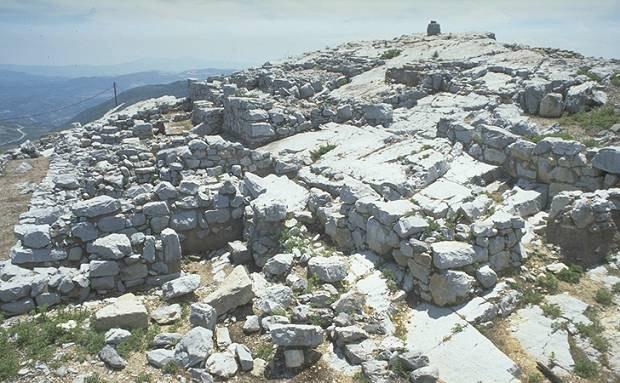 Fig. 1 - Iuktas sanctuary 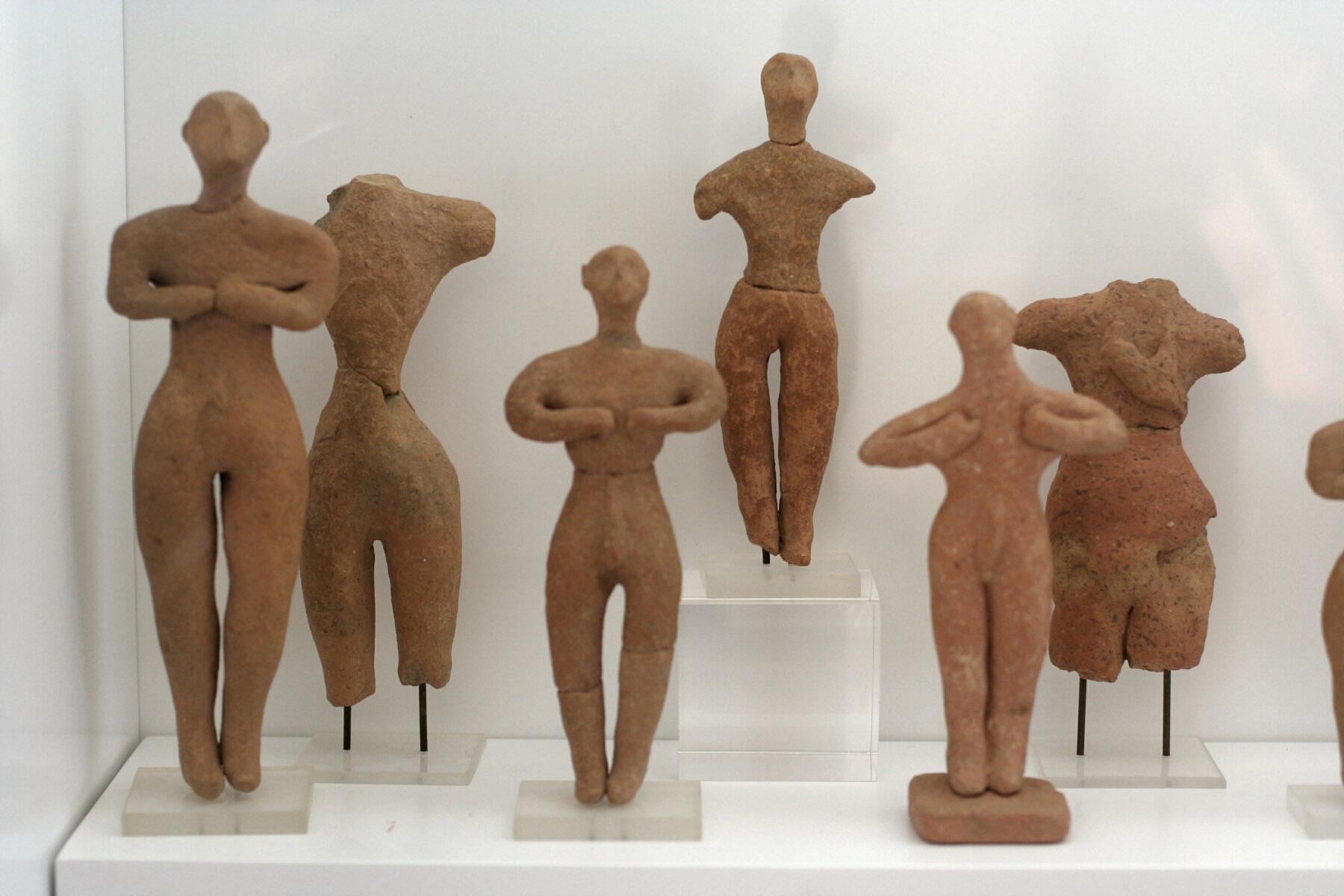 Fig. 2 - Some human statuettes |
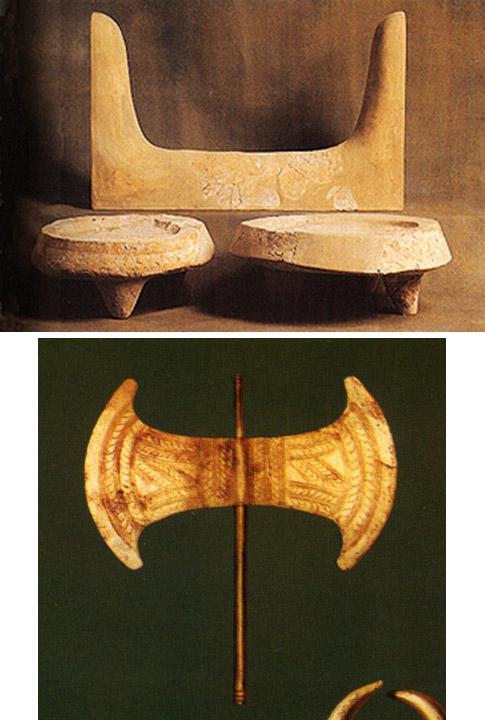 Fig. 3 - Consecration horns and a double axe used as cult objects |
 Fig. 4 - Cult place: Idean cave 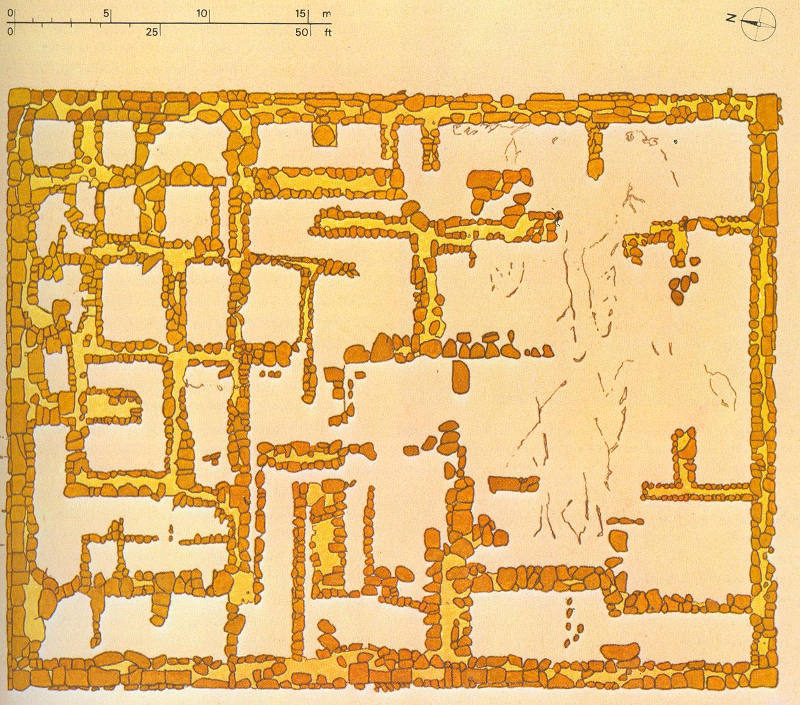 Fig. 5 - The Chrysolakkos funerary complex |
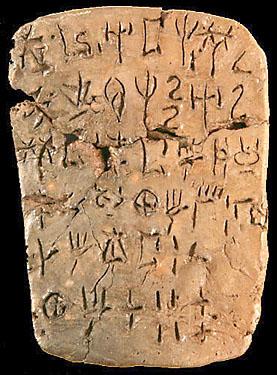 Fig. 6 - Writings used as administration and management tool |
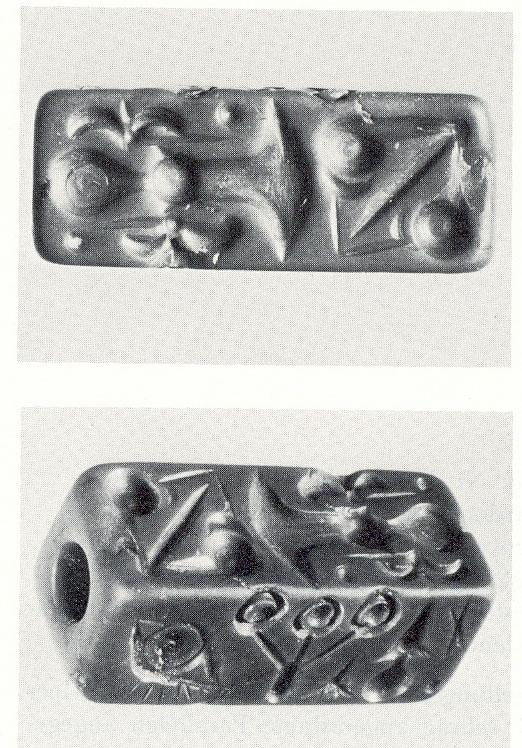 Fig. 7 - Luxury items with Cretan Hieroglyphic |
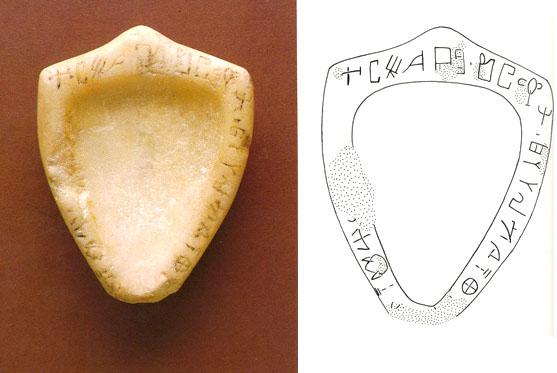 Fig. 8 - Libation tables carved with cultural writings |
The major novelty accompanying the birth of the palaces is given by the beginning of the writing, which can be used for the administration and the management of the territories under the palace (Linear A) (FIG. 6) but also for ornamental purposes on seals, luxury items which can in turn become also administrative tools (Cretan Hieroglyphic) (FIG. 7). The two writings, whose beginning is more or less contemporaneous, have non been deciphered yet, neither have been interpreted the underlying language or languages. However, we know that they are simple syllabic writings, with less than one hundred signs, accompanied by pictograms/ideograms, and that some of these signs are common in Hieroglyphic and in Linear A. Linear A, beside its administrative use on tablets, roundels, nodules, etc., is also painted and carved on other objects that likely had a cultural use, the so called "libation tables" (FIG. 8). |
|
The leading ware of the period is represented by the Kamares ware. So called from the name of the cave where the first specimens were found, spreads all over the island and has an evolution in at least three phases; examples are found also outside Crete, from Cyprus to Egypt. Several Kamares ware finds are present in the Florentine collection but we also have other types of ware, plaster fragments, stone tools and small stone items that can be defined as seals. The economy of the period always relies on agriculture and breeding, but trade with foreign areas is strengthened and the Minoan fleet begins having an important role in the Aegean and Eastern Mediterranean. |
|||